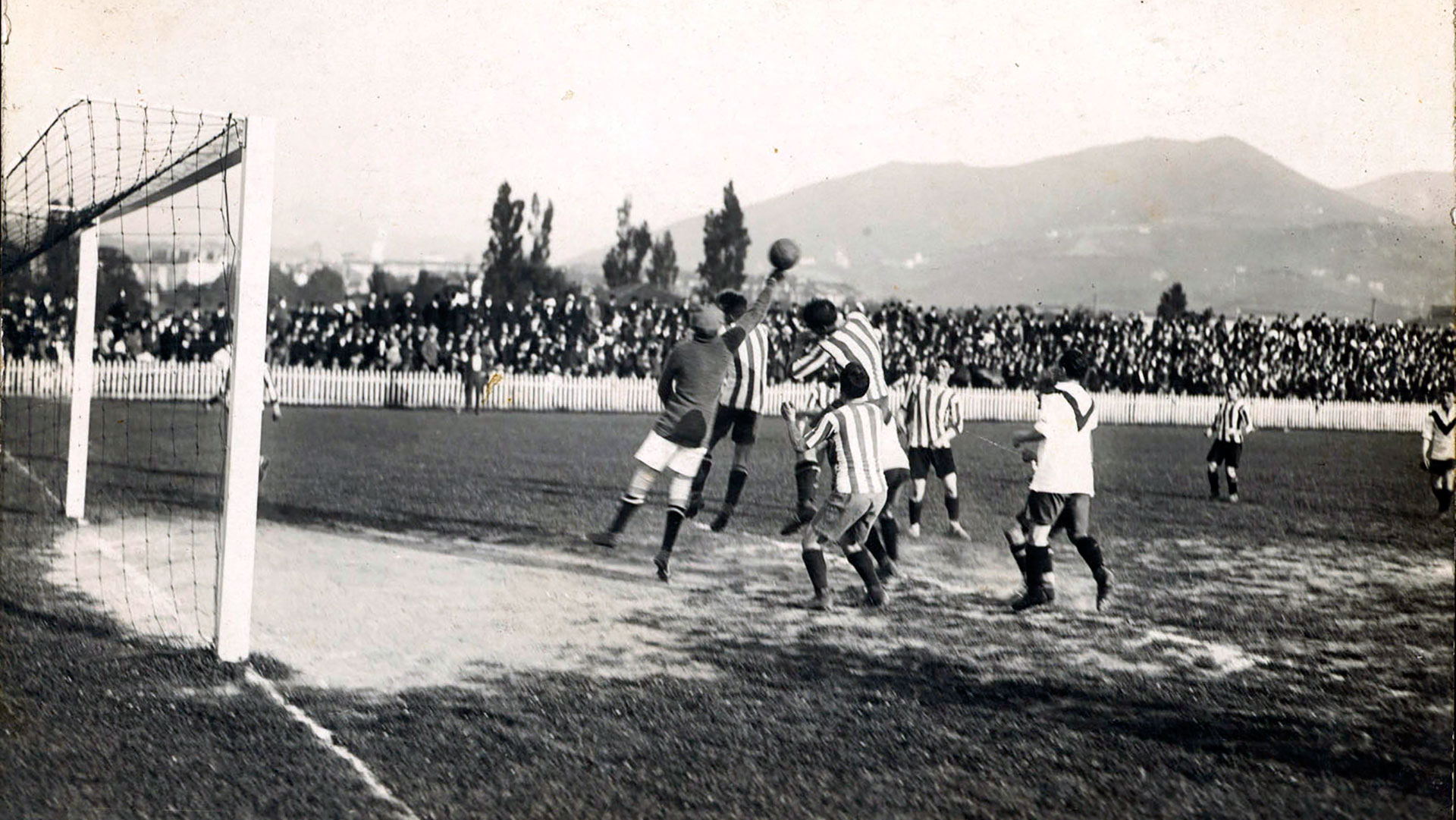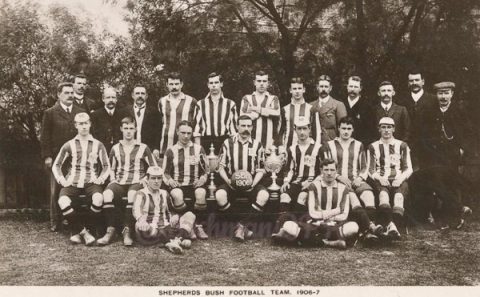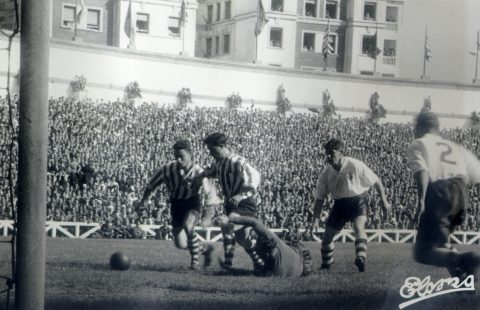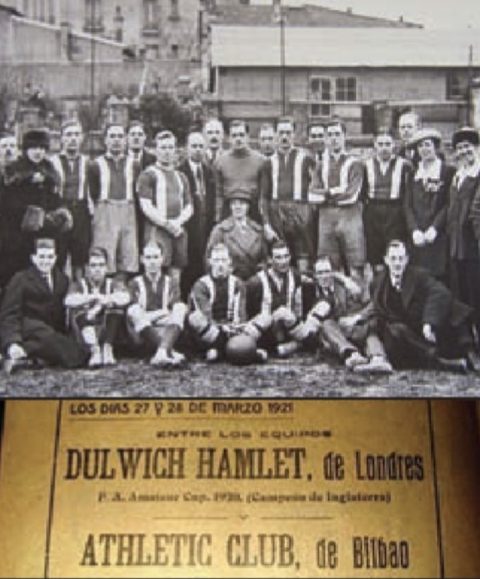
Rivals to remember (I): Historical English
Rivals to remember (I): Historical English
Throughout its history, Athletic Club has faced teams with mysterious and interesting names that deserve to be known
Since unofficial matches began to be played playing in the field of Lamiako at the beginning of the 20th century, Athletic Club has faced numerous teams that have either fallen into oblivion or simply disappeared over time. We hardly have their evocative names left of several of them. These names remind us of a time when football shared out its titles between more countries and clubs. It was when teams like Celtic, Feyenoord, Steaua and Estrella Roja were able to win the European Cup.
We will have e a look at some of these mysterious and interesting rivals that are part of our history in the following series of articles that begins with a look at our less known English rivals.
Shepherd’s Bush (San Mamés, 1913)
The first foreign team to play at San Mamés, the London-based club, Shepherd’s Bush, disappeared in 1915 with the First World War. They faced Athletic on August 23rd, just two days after the field was inaugurated against Racing Irún. They won 1-0, so it can be said that they are the first club to pursue a win at San Mamés, an honour for which they certainly deserve to be remembered. In London, their matches took place at Loftus Road, a field inherited by Queens Park Rangers. .

Image of Shepherd’s Bush
Clapton Orient FC (San Mamés, 1914)
This historical London club, which was renamed under the name of Leyton Orient FC after World War II, deserves to be remembered for the key role it played during World War I. Up to ten players of the team at that time, probably the same one that played at San Mamés in May, joined the so-called Footballers’ Battalion in December 1914. A company made up by British soldiers who fought in the Battle of the Somme, in 1916, where there were nearly one million leaves, including three players from Clapton: W. Jonas, R. McFadden and G. Scott. Interestingly, the first foreigner of the Royal Society, George McGuinness, died there, in the same Battle of the Somme.

Clapton Orient at San Mamés (AC Museoa)
English Wanderers (San Mamés, 1914)
They were called ‘The Wandering English’ (‘Los ingleses errantes’, Spanish nickname) because they were a team of amateur players from the English national team who loved to travel and tour Europe. They wore t-shirts with the embroidered shield of the three lions on their left chest and blue trousers. This nickname, Wanderers, was common in the early days of football, because either some teams did not have their own field, or because travelling while playing football was considered romantic, a very English feeling in the late 19th century, when clubs like Wolverhampton Wanderers, Wycombe Wanderers and Bolton Wanderers were founded. We also faced the later in 1955 (photo), 2001 and 2002.

Uribe and Arieta, Athletic 2 – Bolton Wanderers 1. (AC Museoa)
Dulwich Hamlet FC (San Mamés, 1921, March 27th and 28th)
Out of all the mysterious and interesting teams that Athletic has faced in its history, perhaps no one claims to have played football from another better era than Shakespeare’s Dulwich Hamlet FC, who pays tribute to the famous English playwright with its song ‘Here comes the Dulwich… The pinkblue Dulwich… Smoking a cigar… Reading Shakespeare… Hamlet!!’ A historical club, dignified so that it was founded in the 19th century, and so small that it currently plays in the Vanarama National League, something like the English fifth division. Their famous pink-and-blue t-shirt also represents the struggle for survival, after they were evicted from their field by real estate interests of their new owners, who took over the club in 2014 with no other interest than profiteering. However, thanks to the pressure from their followers and support for the cause made it possible for them to return to their legitimate home in December 2018, Champion Hill.

Poster of the match against Athletic and photo of Hamlet. (Athletic Magazine)
